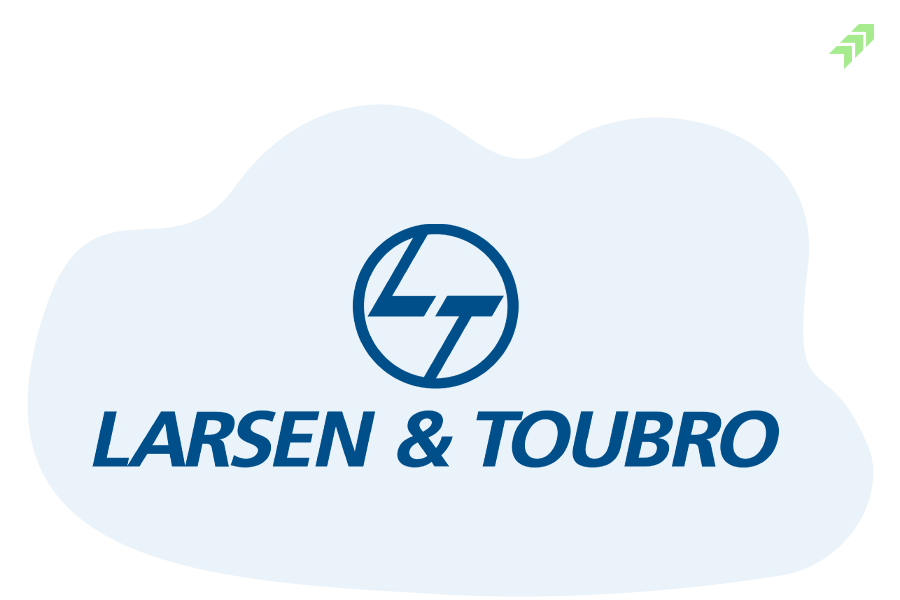Dividends
There are only a few ways to earn from stocks. Dividends are one of them. When a company makes a profit, it either keeps the entire profit for future expansion or rewards its shareholders for the capital they provided to run the business. The board of directors makes the decision on how much dividend to pay to shareholders. Company dividend policy too plays an important role in dividend distribution, and it is not required for a company to distribute dividends. Assume a company has been in business for ten years and has earned handsome profits in many of those years, but recently has been unable to earn profits in the last few years for whatever reason. The company can still pay dividends by using its reserves or incurring debt.
Bonus Issue
A company will distribute these shares to reward its current shareholders by providing fully paid shares at no cost in order to capitalise a portion of the company's retained earnings. The bonus share can be distributed in any ratio. For example, a company may offer 2:5 bonus shares. The ratio can be read as follows: every shareholder who owns 5 shares of the company will be eligible for two additional shares at no cost. Giving out bonus shares can be a step in the direction to encourage retail investors when stock prices are high. By issuing bonus shares, the face value of the share remains constant while the number of shares increases, resulting in a decrease in the stock's price
Stock Split and reverse Stock Split
A stock split occurs when the company's board of directors increases the number of outstanding stocks in order to increase the stock's liquidity while keeping the market cap constant. A stock split increases the number of outstanding stocks while decreasing the individual value of each stock, but the company's overall market cap and the value of each shareholder's stake remain unchanged. A lower share price may make the stock more appealing because it is less expensive.
The process of reducing the number of shares outstanding in a company is known as reverse stock split. If an investor owns 100 shares of a company and the board of directors announced a 2-for-1 reverse stock split, the investor will end up with 50 stocks. The total share value would remain constant. If the 100 shares were worth INR 500 each before the reverse split, the fifty shares would be worth INR 1000 each after the split. In either case, total investment remains INR 50,000. On the other hand, It is frequently used to assist a company in meeting the minimum requirements to remain listed on an exchange
Right Issue
An open invitation to existing shareholders by a cash-strapped company to raise funds by allowing investors to buy new shares in the company is known as rights issue. This type of issue provides existing shareholders with securities known as rights. Companies give shareholders the right, but not the obligation, to purchase new shares at a discount to the current trading price in rights offerings. The prospect of purchasing discounted shares through a rights issue may entice investors. However, it is not always certain that shareholders are getting a good deal. Before accepting or rejecting a rights issue, you must understand the purpose of the additional funding in addition to the ex-rights share price. Troubled businesses typically use rights issues to pay down debt, especially when they are unable to borrow more money. Earnings per share, or EPS, of the company fall as a result of share dilution caused by allocated earnings
Share Buyback
Share repurchase is the re-acquisition of its shares by a company higher than the market price. Buybacks decreases the number of outstanding shares in the market. They are tax efficient and are used when a company has excess cash but no long-term project to invest in, to increase promoter holding and thus consolidate control of the company. There are numerous reasons for conducting a stock buyback
- Improve the profitability on a per-share basis
- To consolidate their stake in the company.
- To prevent other companies from taking over.
- To support the share price from falling in the market.




















3 Comments
[…] Also Read: Five Corporate Actions and Its Impact on Stock Prices […]
[…] Know More-: What are Stock splits? […]
[…] for the downfall of the main indices like Nifty and Sensex. These are the fundamental factors like corporate actions affects the stock market moves and have long-term […]